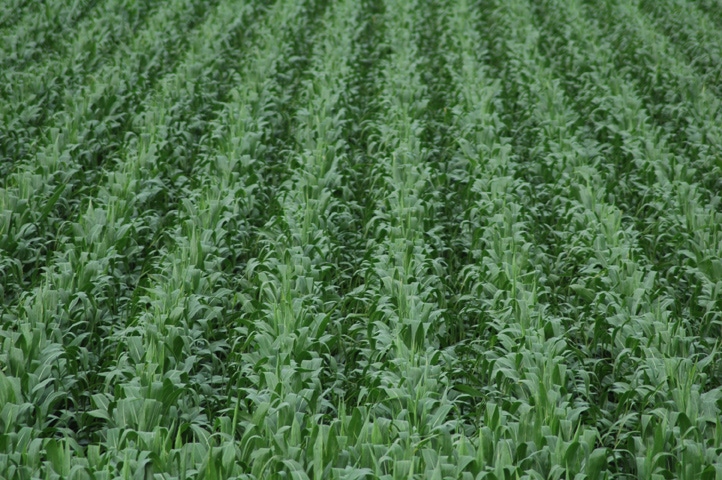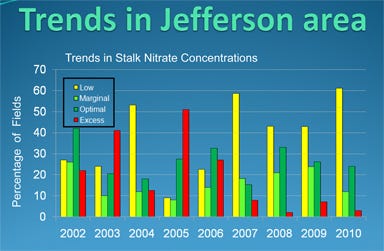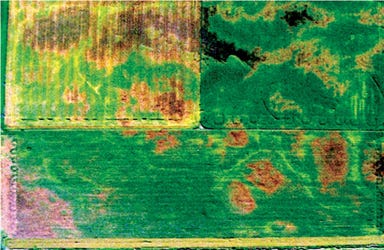July 20, 2012

Many growers in Iowa participate in the Iowa Soybean Association On-Farm Network Guided Stalk Sampling (GSS) corn nitrate testing program. A number of others routinely do cornstalk nitrate testing on their own. We’ve gotten a number of questions from growers about whether they should bother with stalk nitrate testing this year because of the drought. The concern is that since this isn’t a typical year and we already know that droughty conditions result in high stalk nitrate concentrations, the results might not be worth the effort.
Tracy Blackmer, ISA research director and director of the On-Farm Network, says there are four main reasons he’d suggest collecting stalk nitrate data this fall.
1. When was the last time you looked back at the past year and thought to yourself, "That was a normal crop year?"
2. The stalk nitrate test still works, even in drought conditions. It is true that the results are typically high in the fall after a summer drought, but if the test results show this, it is an accurate assessment that the crop had more N than it needed in that particular year. We’d expect the same results to occur if we were measuring yield differences between strips with varying N rates.
3. We need to understand the impacts of weather on nitrogen (N) availability and loss – including what happens in the very dry years. The difference in weather from year to year is one of the variables that must be accounted for in a long-term study of N use and management. If we don’t collect the data in the drier conditions, it will be more difficult to interpret the differences in the future. Consider this: Would you like to know whether the stalk nitrates actually were higher because it was a dry year, or if the difference was because the crop had an extra 50 or 100 lbs. of N, applied? The graph below shows stalk nitrate test results over several years in Greene county. The differences between what we consider to be wet and more normal years is apparent. Adding data from a drought year will help further our efforts to document the impact of weather on N needs of crops.

Crop years 2004, 2007, and 2010 were wetter than usual, resulting in a higher percentage of corn stalks tested in the Jefferson area to be low in nitrate.
4. Finally, the aerial imagery (below) that is part of the On-Farm Network program could be extremely valuable in detecting differences between soils. Soil texture greatly affects the water holding capacity of the field, and this year in particular, when moisture has definitely been a limiting factor, we’d expect the imagery to show big differences between soil regions in the field. Look at the example image to see the sharp boundaries of difference in crop status due to soil differences. This is much more detailed than a soil survey. The extreme drought this year gives us a unique opportunity to collect and learn from this data.

Drought pattern in corn and soybean fields.
For more information about guided stalk sampling download this pdf and go to Tools 9 and 10 (pages numbered 14-17). Or, download the pdf for Dr. Blackmer’s “Guided Stalk Testing in Iowa” presentation at the 2011 On-Farm Network Conference.
We hope you will enroll your fields in the On-Farm Network Guided Stalk Sampling program. If you’ve been part of a group in the past, contact your group leader for more information. If you’re not aware of a local group, you can enroll in the program as an individual using the on-line registration form. Be sure to specify that you are registering for Guided Stalk Sampling at the top of the first page of the form.
As always, you can contact us at [email protected] or by calling 800-383-1423 if you have questions or need more information.
You May Also Like




